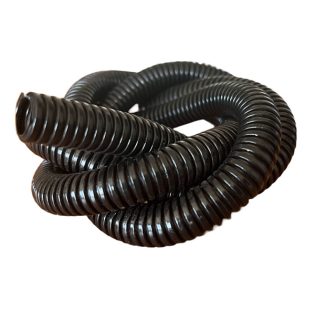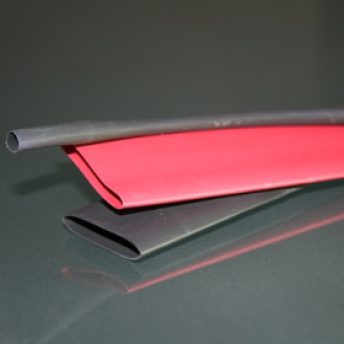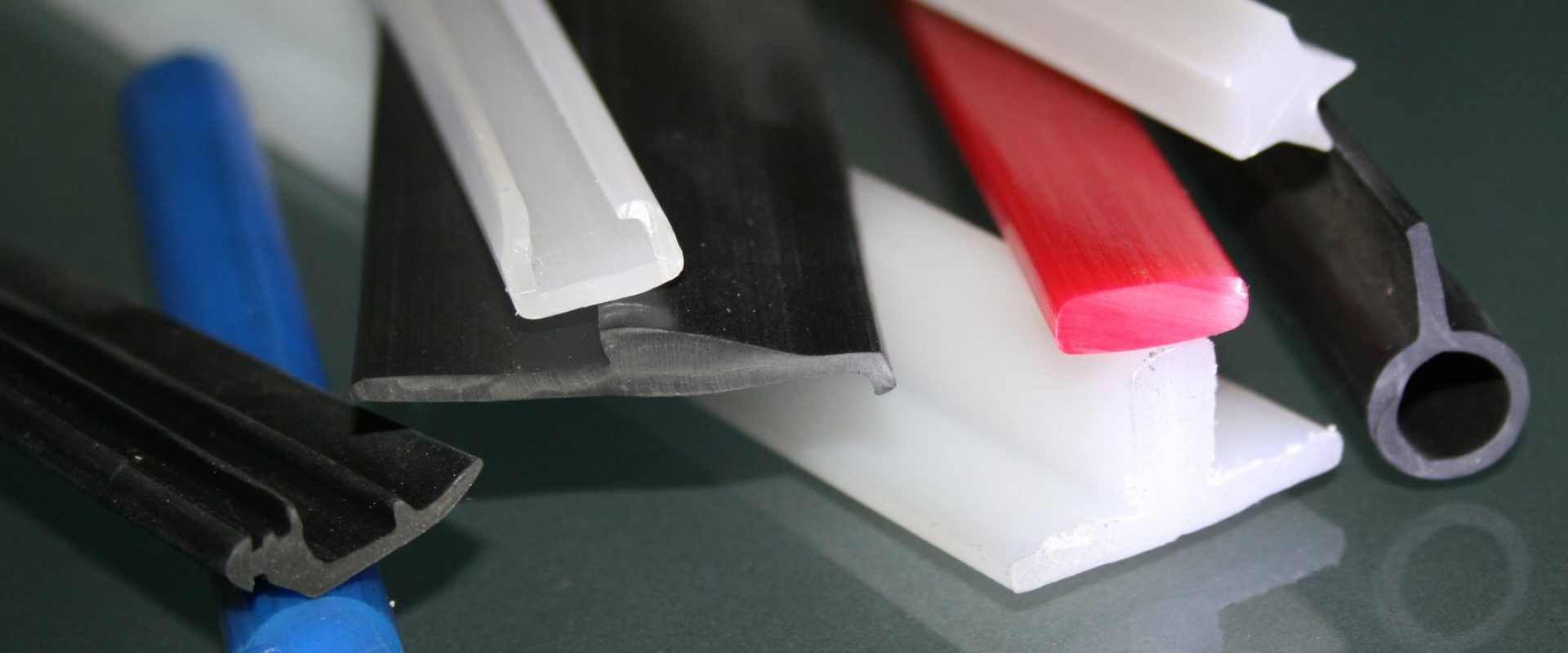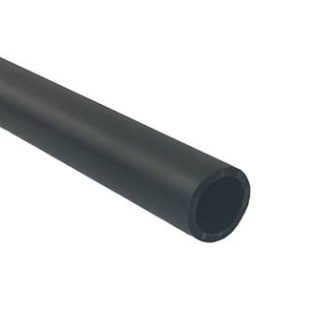In the world of construction, manufacturing, and product development, materials play a crucial role. Among the most versatile and widely used materials today are aluminium extrusion profiles. Known for their lightweight nature, strength, and flexibility, these profiles have become a favourite choice for engineers across various industries. From architectural structures to electrical systems, they provide a reliable solution for modern projects.
Integration with Other Systems
Aluminium profiles are not just limited to structural use—they also integrate seamlessly with electrical and mechanical systems. For example, in electrical installations, profiles can be paired with conduit heavy duty solutions to protect wiring and enhance safety. This combination ensures both strength and organisation in complex projects, making them essential in modern engineering.
Strength and Lightweight Properties
One of the primary reasons engineers choose aluminium extrusion profiles is their excellent balance of strength and weight. Aluminium is naturally lightweight, which makes it easier to handle during manufacturing and installation. Despite its low weight, it offers impressive structural strength, making it suitable for applications where durability is essential but heavy loads must be avoided.
Design Flexibility
Aluminium extrusion allows for the creation of complex shapes and customised designs, offering engineers endless possibilities. These profiles can be tailored to suit specific requirements, whether for architectural frameworks, machinery components, or furniture design. Their flexibility ensures that modern designs can be both functional and visually appealing.
Resistance to Corrosion
Unlike many metals that deteriorate over time, aluminium forms a protective oxide layer that prevents rust and corrosion. This makes aluminium extrusion profiles ideal for outdoor and industrial applications where exposure to moisture or chemicals is common. Their long-lasting durability reduces maintenance costs and ensures reliable performance.
The reason engineers prefer aluminium extrusion profiles for modern designs is clear—they provide unmatched versatility, strength, and sustainability. For industries aiming to balance innovation with practicality, aluminium extrusion profiles remain the material of choice for building the future.






